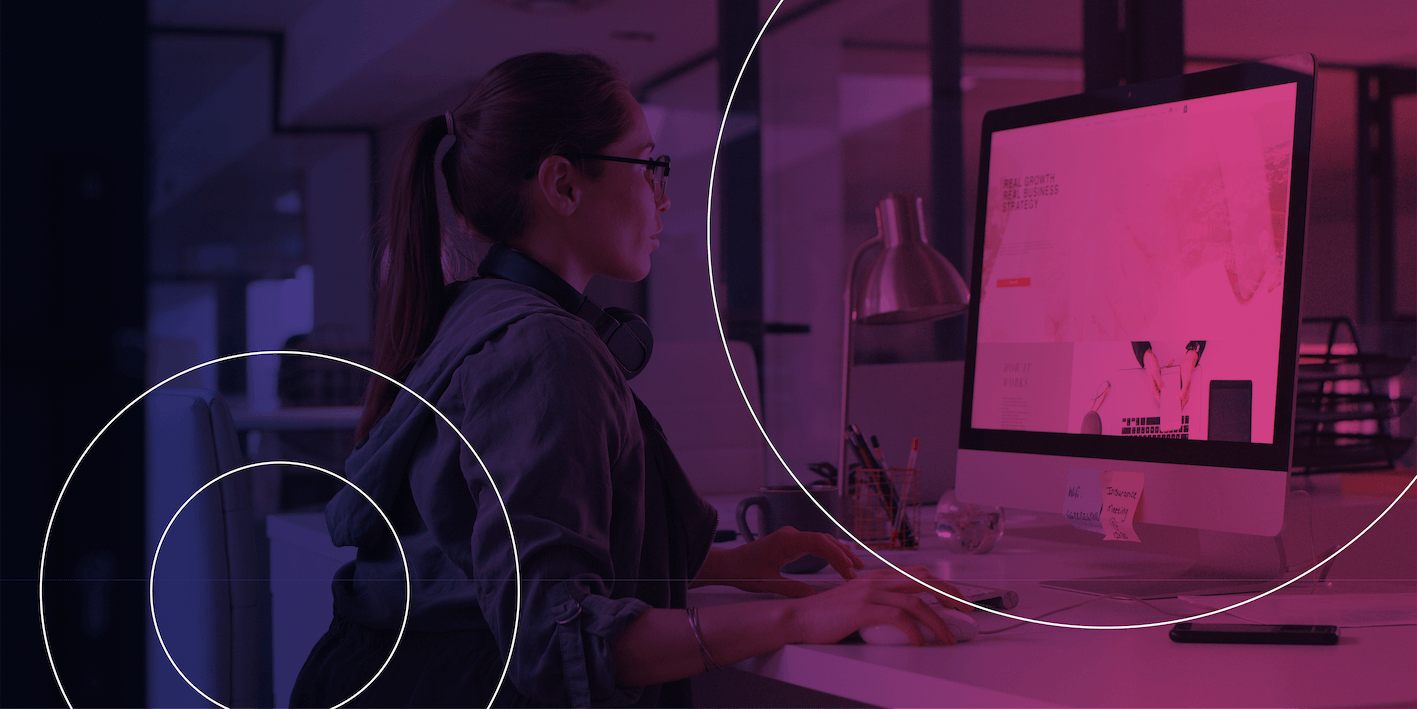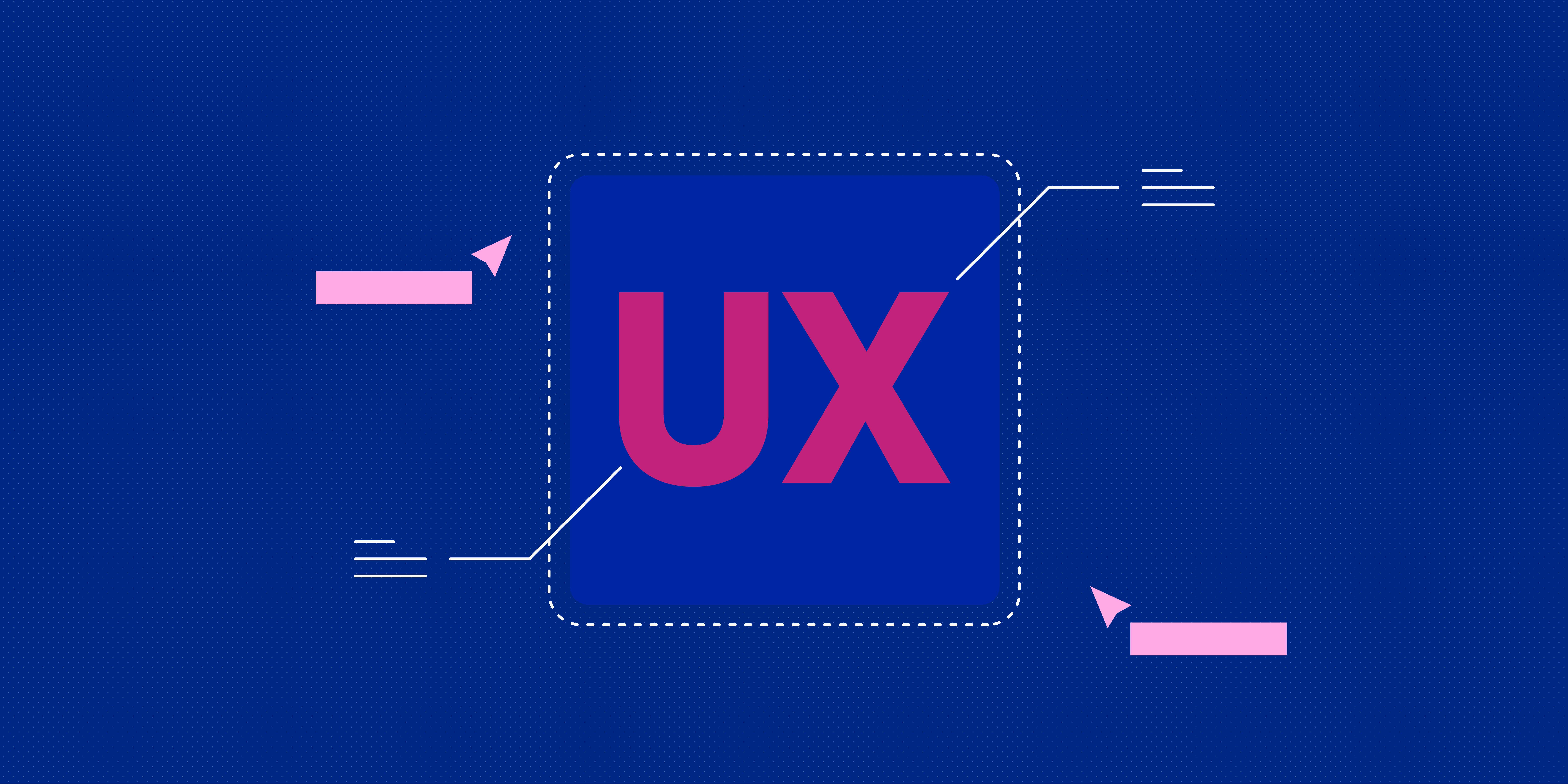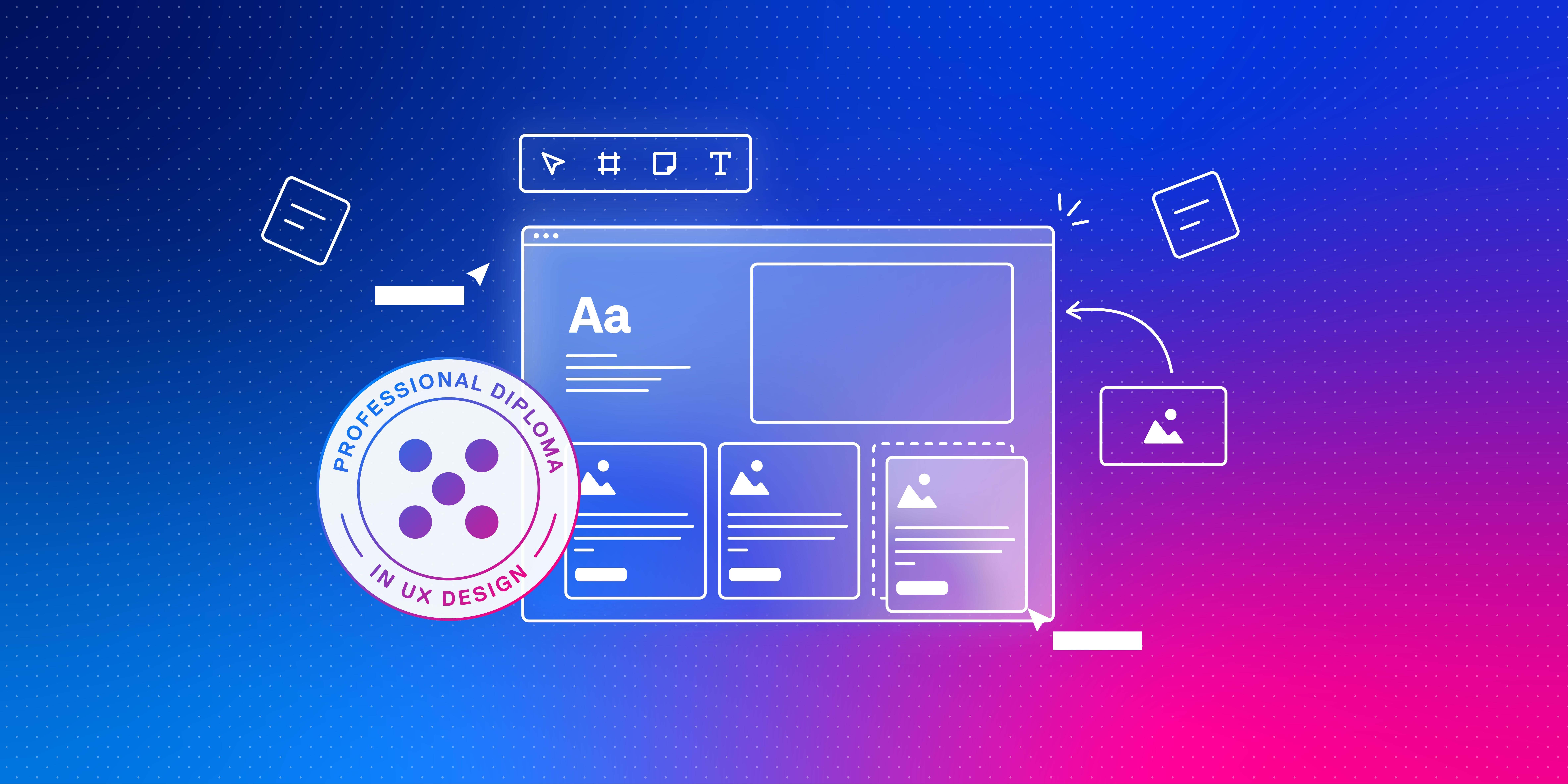UI designers are in demand and there are plenty of courses out there which claim to fast-track your route into the field. But how long does it take to become a UI designer?
Everyone’s journey is different and there is no one-size-fits-all in terms of how long it takes to land your first UI design job.
However, if you break down all the steps and factors that go into the process of becoming a UI designer, you can come up with your own time frame based on the specifics of your situation.
Want to figure out how long it could take you to become a UI designer? Then keep reading.
How long does it take to become a UI designer?
There is no set time for how long it takes to become a UI designer. It ultimately depends on how long it takes you to learn UI design skills, build your design portfolio and land a job in the field.
So let’s break it down.
How long does it take to learn UI design skills?
The first step towards becoming a UI designer is learning UI design skills. If you opt for a UI design course, the amount of time it takes to learn UI design will mostly depend on the length of your chosen programme.
With the Professional Certificate in UI Design course offered by The UX Design Institute, you’ll learn fundamental UI design skills and get a professional qualification in 12 weeks. Other courses can span anywhere from 6 months to 9 months to a year or even longer if you go for a traditional university degree (for example, a BA in Design will take you around 3 years to complete).
We’ve compiled a list of some of the best UI design courses, including the duration of each. Browse through to get an idea of how long different courses take to complete.
How long does it take to create a UI design portfolio?
UI design is a hands-on profession and employers will want to see evidence of your practical skills. So, if you want to get hired as a UI designer, you need a portfolio showcasing UI design projects you’ve worked on.
Building the basis of your UI portfolio is a case of creating your own website. You can do this using a portfolio builder tool (we’ve compiled the best portfolio builders here), so that part of the process shouldn’t take too long.
The most time-consuming aspect of building your UI portfolio is actually working on UI design projects and turning them into case studies. A case study is essentially a write-up of each project, outlining the process you followed and showing the deliverables you produced along the way (including the final UI designs).
If you’re brand new to UI design and don’t yet have any experience, finding projects for your portfolio can be tricky. Fortunately, there are several tried-and-tested methods you can use to gain that hands-on experience and build out your portfolio — we’ve written about them here.
If you’re not taking a UI design course that includes project work and portfolio-building as part of the curriculum, make sure to factor in additional time for finding and working on UI design projects and creating your portfolio when calculating how long it will take you to become a UI designer.
How long does it take to get a job as a UI designer?
Again, it is impossible to put a time on this one. Everyone’s experience is unique and it will vary based on several factors.
Assuming you’ve mastered the necessary skills, potentially obtained a UI qualification and built your UI design portfolio (complete with project case studies), you’ll then need to spend some time getting ready to apply for jobs in the field.
This includes writing your UI designer CV, updating your LinkedIn profile and preparing a cover letter you can use as a template when applying for jobs. With your application package ready, you can actually start looking for jobs, applying and hopefully attending interviews.
How long it takes to land a job will depend on your previous experience, the kinds of roles and employers you’re applying to and, quite frankly, a bit of luck.
If there’s a UI design role open at your current company, you may get your foot in the door much faster than if you’re applying with a brand new company where you haven’t yet had the chance to prove yourself. Likewise, if you already have some relevant professional experience (such as graphic design), your time-to-hire may be much quicker than if you’re coming in from scratch.
While finding a new job in any industry can be a lengthy (and sometimes disheartening) process, take courage from the fact that UI designers are in high demand.
How long does it take to become a UI designer? The takeaway
We’ve considered the various moving parts that contribute to the time it takes to become a UI designer. While it’s not possible to provide an exact time frame, you can hopefully come up with your own estimate based on the factors we’ve outlined.
In most cases, if you take an online course and commit to working through it at a steady pace, you can reasonably become a UI designer in a year or less.
How to become a UI designer: First steps
We hope you’re feeling optimistic about the possibility of landing your first UI design job in the not-too-distant future! So what steps do you need to take to get there?
Here’s how to become a UI designer if you’re starting from scratch:
- If you haven’t done so already, learn about what user interface (UI) design is, what a UI designer does, as well as the differences between UX and UI design. You can also get a feel for what good UI design looks like with these examples.
- Take a UI design course to learn fundamental UI design principles and skills such as typography, colour theory, wireframing, prototyping and more.
- Learn how to use some of the most popular UI design tools (such as Adobe XD, Figma and Sketch).
- Build your UI design portfolio. We’ve put together this guide showing you how to create a portfolio from scratch.
- Write your UI designer CV and apply for jobs in the field. As you apply for jobs, make sure you’re informed about the kind of salary you can expect as a UI designer.
- Keep honing your craft! You’ll find 9 expert tips on how to become a better UI designer here.
Need further inspiration for your UI design career? Read how UX Design Institute graduate Doreen upskilled in UI design to boost her career or how Ketan made the transition from graphic design to UI/UX.




